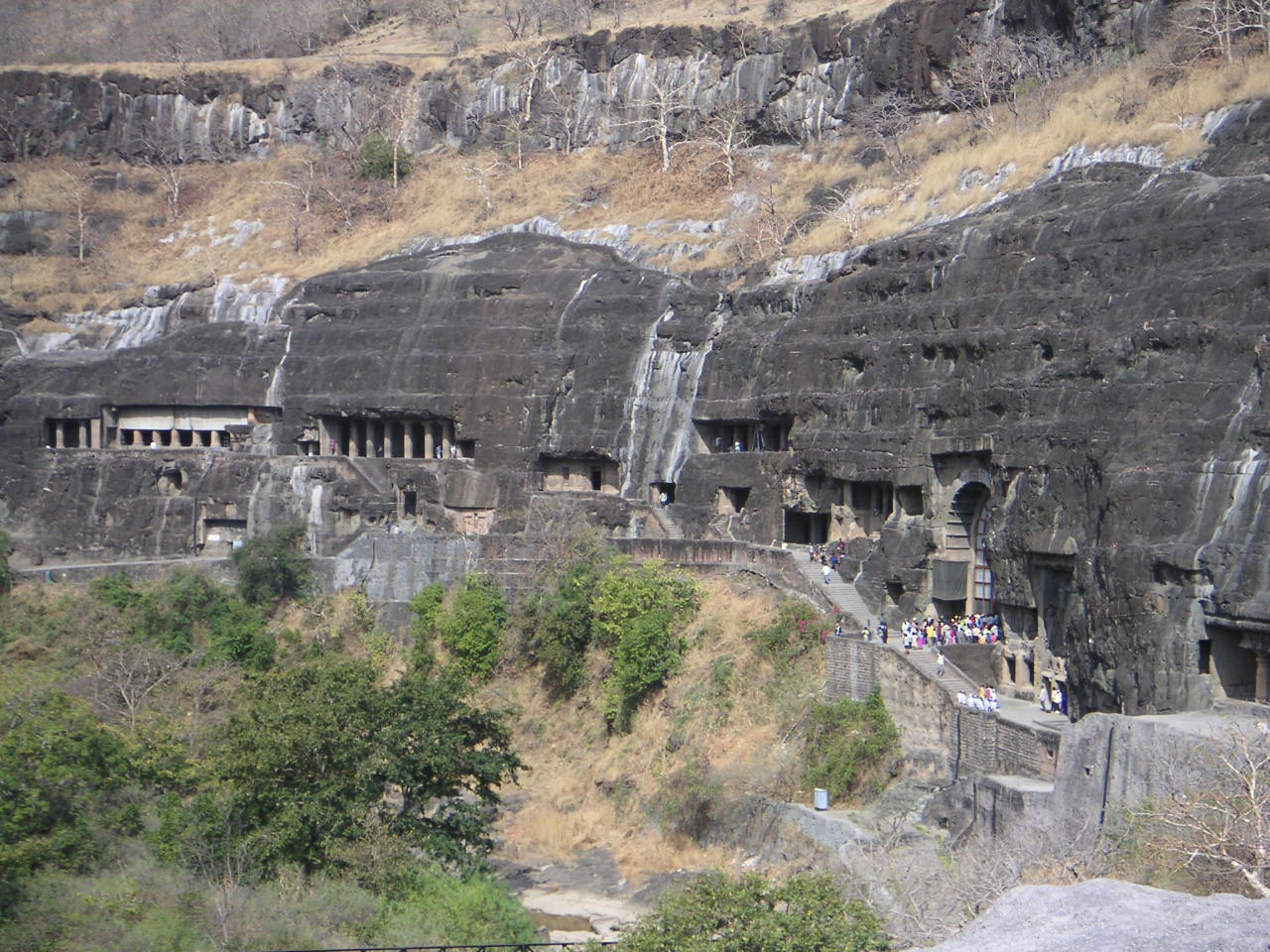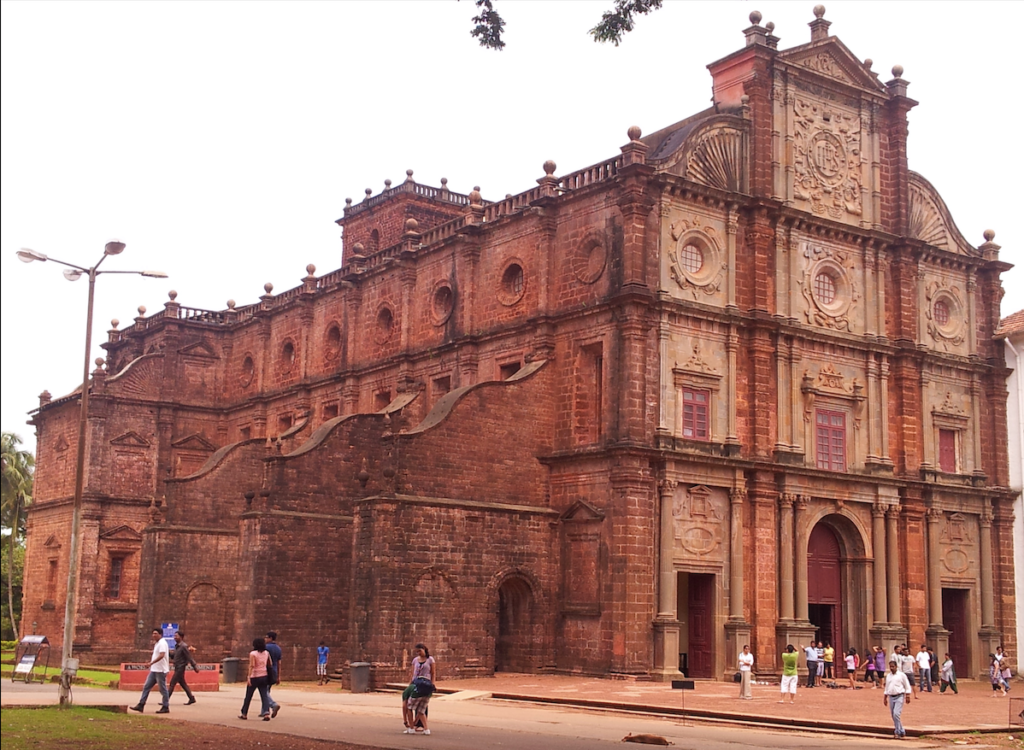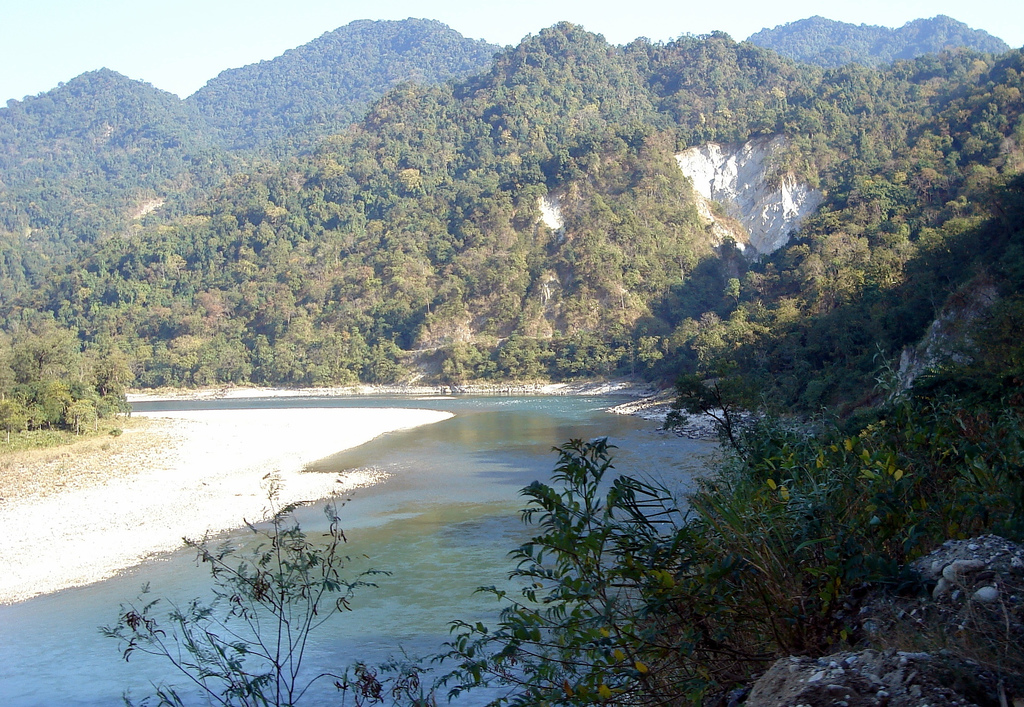Introduction
The Ajanta Caves, a series of rock-cut Buddhist cave monuments, are nestled in the Aurangabad district of Maharashtra, India. Renowned for their artistic brilliance and historical significance, these caves provide a captivating insight into the life and culture of ancient India. They were discovered in 1819 by a group of British officers and have since been recognized as one of the greatest achievements of Indian art. The caves date back to the 2nd century BCE and were used by Buddhist monks for meditation, study, and religious worship. This blog explores the history, architecture, and artistic grandeur of the Ajanta Caves.
Historical Background
The Ajanta Caves were constructed in two distinct phases. The first phase began around the 2nd century BCE during the Satavahana dynasty, while the second phase, also known as the Vakataka phase, occurred from the 5th to 6th century CE. These caves served as a monastic retreat for Buddhist monks and were adorned with exquisite paintings and sculptures depicting the life of Buddha and various Jataka tales (stories of the previous lives of Buddha).
The caves were abandoned around the 7th century CE when Buddhism declined in the region, and they remained hidden from the world until their rediscovery in the early 19th century. Today, the Ajanta Caves are a UNESCO World Heritage Site, attracting visitors from all over the globe who marvel at their historical and artistic significance.
Architectural Marvel
The Ajanta Caves are a remarkable example of rock-cut architecture. There are 30 caves in total, including both Chaityas (prayer halls) and Viharas (monasteries). Each cave is meticulously carved out of a horseshoe-shaped cliff overlooking the Waghora River.
Chaitya Grihas
The Chaitya Grihas, or prayer halls, are among the most impressive structures in the Ajanta Caves. These halls are characterized by their vaulted ceilings and horse-shoe shaped windows that allow natural light to filter in, creating an ethereal atmosphere. The most notable Chaitya Griha is Cave 10, which dates back to the 2nd century BCE and is considered one of the oldest Chaitya halls in India. It features a large stupa (a dome-shaped structure housing Buddhist relics) at its center, surrounded by intricately carved pillars.
Viharas
The Viharas, or monasteries, were used by monks for meditation and living quarters. These caves are rectangular in shape and consist of a central hall with small cells on the sides for monks to reside in. The Viharas are adorned with stunning murals and sculptures depicting various scenes from the life of Buddha. Cave 1, for instance, is famous for its beautifully painted murals illustrating the Jataka tales and the life of Buddha.
Artistic Splendor
One of the most remarkable aspects of the Ajanta Caves is their exquisite paintings and sculptures. The walls and ceilings of the caves are adorned with vibrant murals that have survived for over a millennium, showcasing the advanced artistic skills of ancient Indian craftsmen.
Murals
The murals in the Ajanta Caves are primarily narrative in nature, depicting stories from the life of Buddha and the Jataka tales. These paintings are notable for their use of vibrant colors and intricate details. The artists employed natural pigments derived from minerals and plants, which have remarkably retained their brilliance over the centuries.
One of the most famous murals is found in Cave 1, depicting the Bodhisattva Padmapani (an enlightened being who has postponed nirvana to help others achieve enlightenment). The serene expression on Padmapani’s face, along with the delicate use of color and detail, exemplifies the artistic excellence of the time.
Sculptures
In addition to the murals, the Ajanta Caves are home to a wealth of intricate sculptures. These carvings, made from the hard basalt rock of the cliffs, depict various Buddhist deities, monks, and scenes from Buddhist mythology. The sculptures are characterized by their attention to detail and graceful forms.
Cave 26, for instance, houses a massive sculpture of the reclining Buddha, symbolizing the moment of his Mahaparinirvana (the final death after which he escapes the cycle of rebirth). This sculpture is considered one of the masterpieces of ancient Indian art, showcasing the skill and devotion of the sculptors.
Cultural and Religious Significance
The Ajanta Caves hold immense cultural and religious significance, reflecting the zenith of Buddhist art and architecture in ancient India. They provide valuable insights into the religious practices, social life, and cultural traditions of the time. The themes depicted in the murals and sculptures are deeply rooted in Buddhist philosophy, emphasizing compassion, morality, and the path to enlightenment.
Moreover, the Ajanta Caves served as an important center for Buddhist education and meditation. Monks from various parts of India and beyond would gather here to study and practice Buddhism, making it a significant pilgrimage site.
Preservation and Conservation
The preservation and conservation of the Ajanta Caves pose significant challenges due to their age and the delicate nature of their artwork. Over the years, various efforts have been made to protect and restore these invaluable treasures.
In the early 20th century, the Archaeological Survey of India (ASI) undertook significant restoration work to stabilize the caves and prevent further deterioration. More recent efforts have focused on using advanced technologies, such as digital imaging and laser scanning, to document and preserve the murals and sculptures.
Visitor Experience
Today, the Ajanta Caves are a popular tourist destination, attracting visitors from around the world. The site is well-maintained, with walkways and informative signage guiding visitors through the caves. A visitor center provides detailed information about the history and significance of the caves, enhancing the overall experience.
For those planning a visit, it’s advisable to allocate a full day to explore the caves thoroughly. The site is open year-round, but the best time to visit is during the cooler months from October to March.
Conclusion
The Ajanta Caves stand as a testament to the artistic and architectural prowess of ancient India. They offer a fascinating glimpse into the religious and cultural life of the time, showcasing the enduring legacy of Buddhism in the region. The exquisite murals and sculptures, combined with the awe-inspiring architecture, make the Ajanta Caves a must-visit destination for anyone interested in history, art, and spirituality. Through ongoing preservation efforts, these timeless treasures continue to inspire and captivate visitors, ensuring that the legacy of the Ajanta Caves endures for generations to come.






